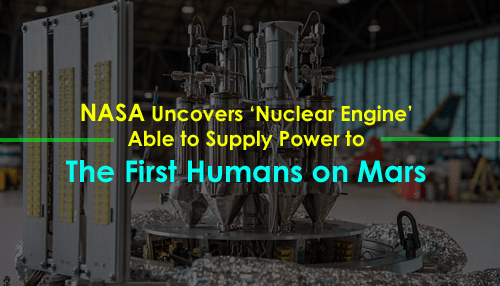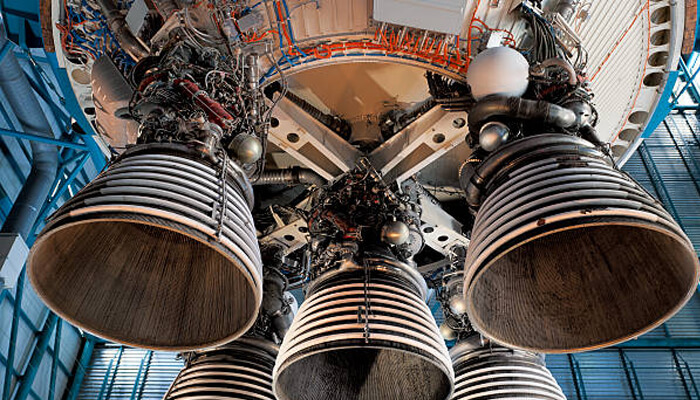NASA plans to begin testing a radical ‘nuclear engine’ that could supply power to cosmonauts on the Martian surface.
Named the ‘Kilopower’, it would use a uranium reactor the size of a toilet roll to produce. A high-adequacy Stirling engine would then transform this into electricity in a structure that works similarly to a car engine.
The multi-year funding for the Kilopower project was provided by NASA’s Space Technology Mission Directorate (STMD).
This technology would provide from one to 10 kilowatts of electrical power over a continuous 10-year span of time.
The ordinary U.S. household continues to run on around five kilowatts of power.
Testing is ready to start in November and experience ideal results one year from now, with NASA partnering with the Department of Energy’s (DOE) Nevada National Security Site to appraise fission power technologies.
‘The Kilopower test program will give us certainty that this technology is ready for space flight improvement.
Lee Mason, STMD’s principal technologist for Power and Energy Storage at NASA Headquarters, said, ‘We’ll be checking logical models en route for confirmation of how well the equipment is functioning.’
The Y12 National Security Complex in Oak Ridge, Tennessee, is giving the reactor focus to the trial of the structure.
Having a space-rated fission power unit for Mars explorers would be a particularly preferred standpoint, Mason claims.
It would kill off worries over dealing with power demands in the midst of the night or long, sunshine-reducing dust storms.
It unwinds those issues and provides a constant supply of power, regardless of your location on Mars.
Fission power could broaden the possible landing sites on Mars to join the high northern latitudes, where ice may be present,’ he said.
‘Space nuclear reactor could give a high energy density power source with the ability to work self-sufficiently on solar energy or orientation and the ability to work in extraordinarily severe circumstances, for instance, on the Martian surface,’ said Patrick McClure, project lead on the Kilopower project at the Los Alamos National Laboratory.




